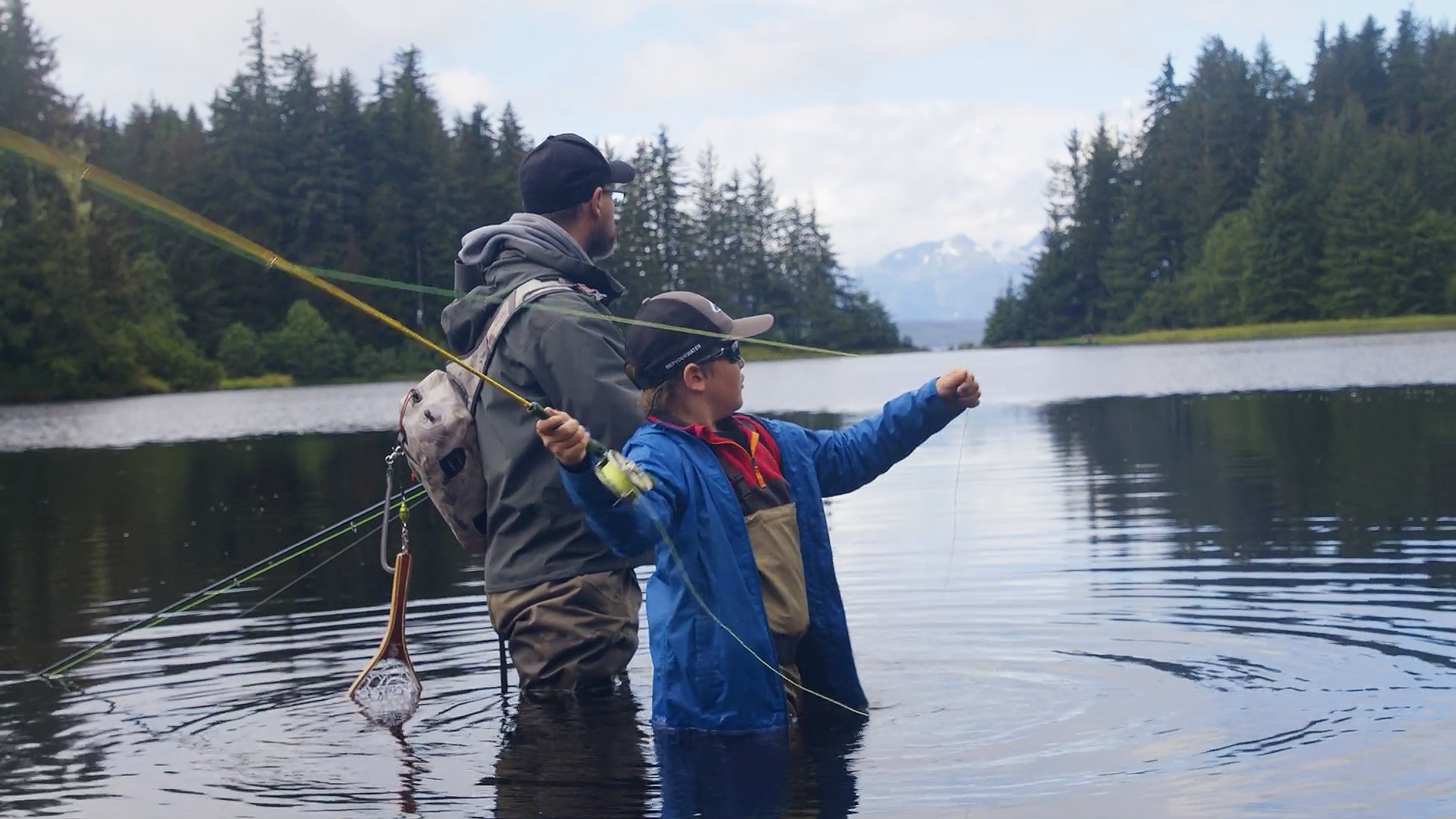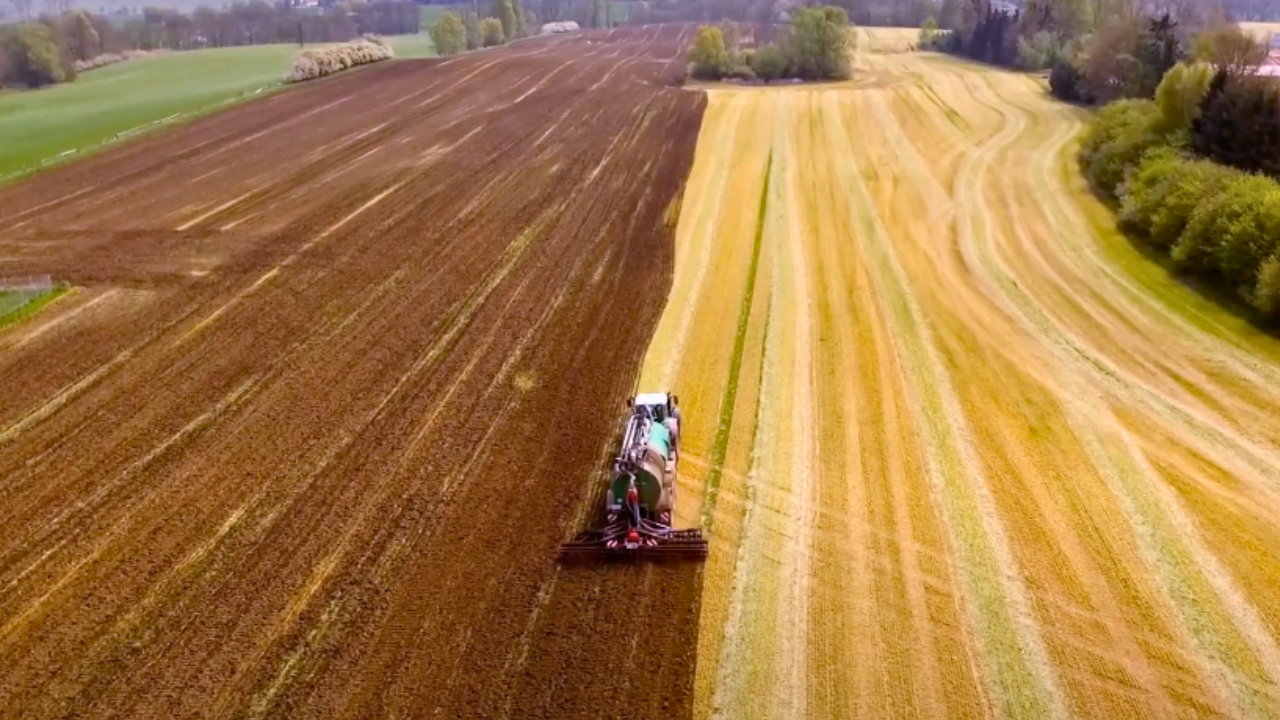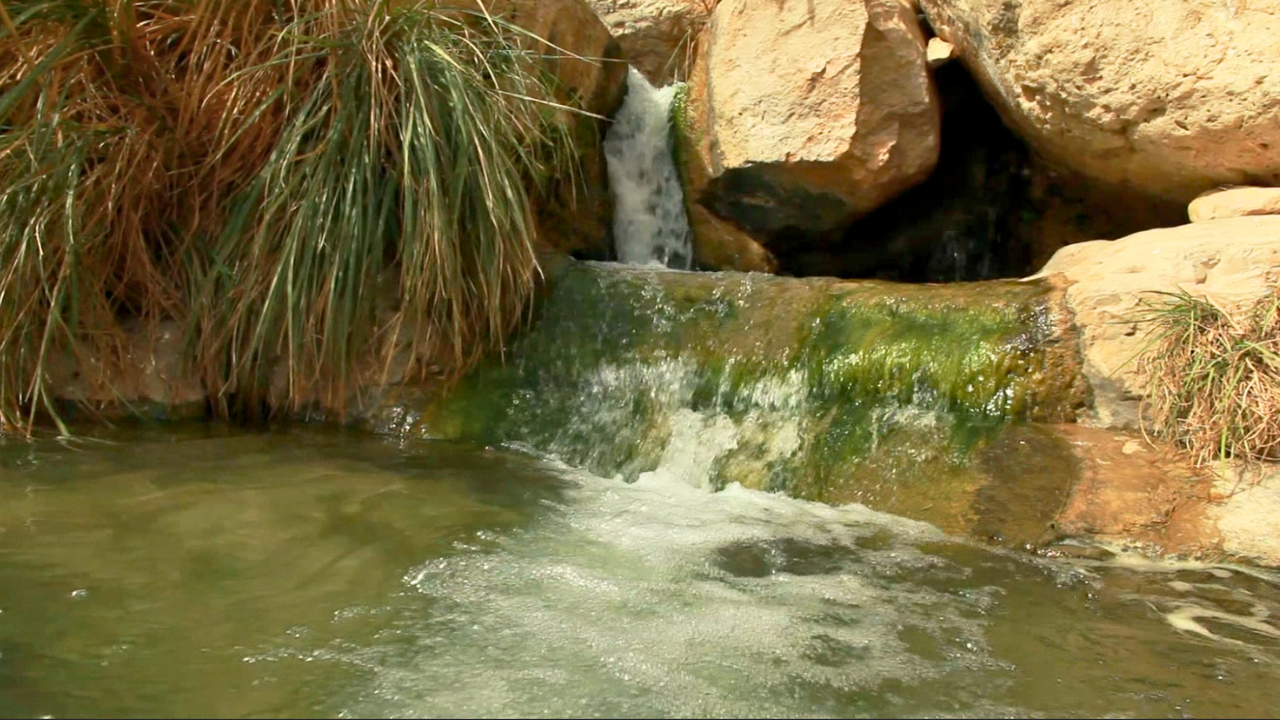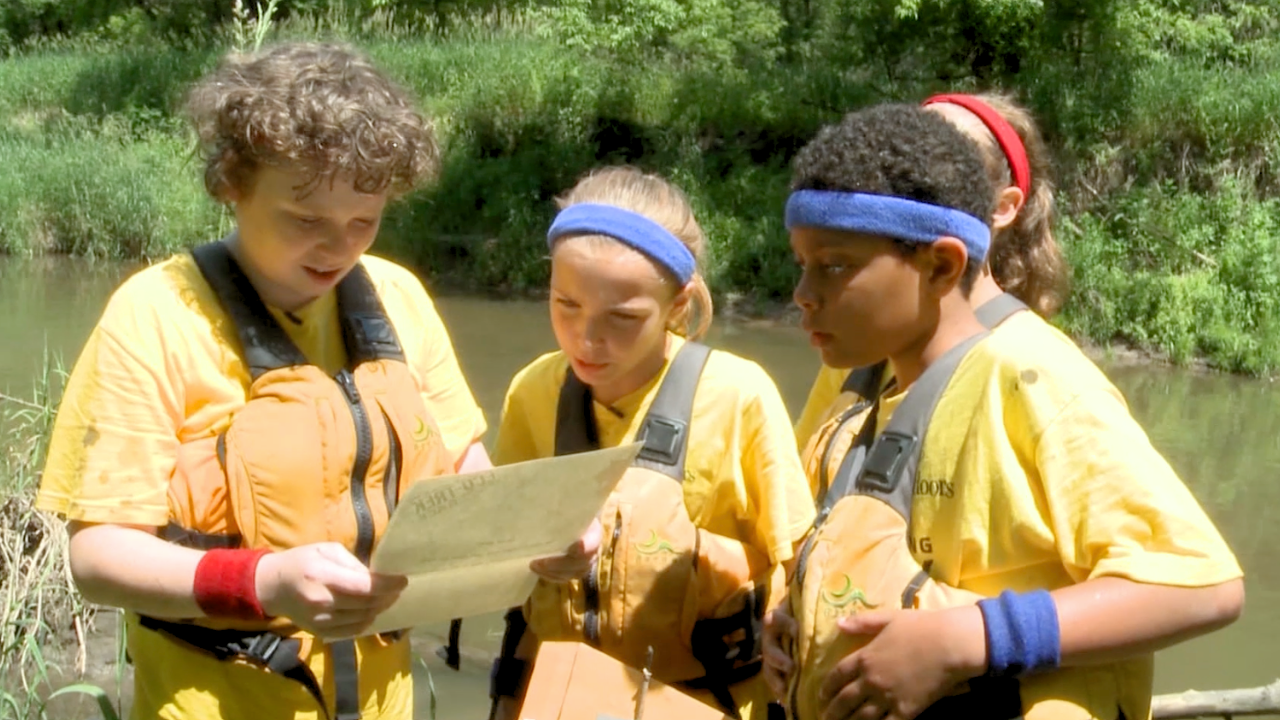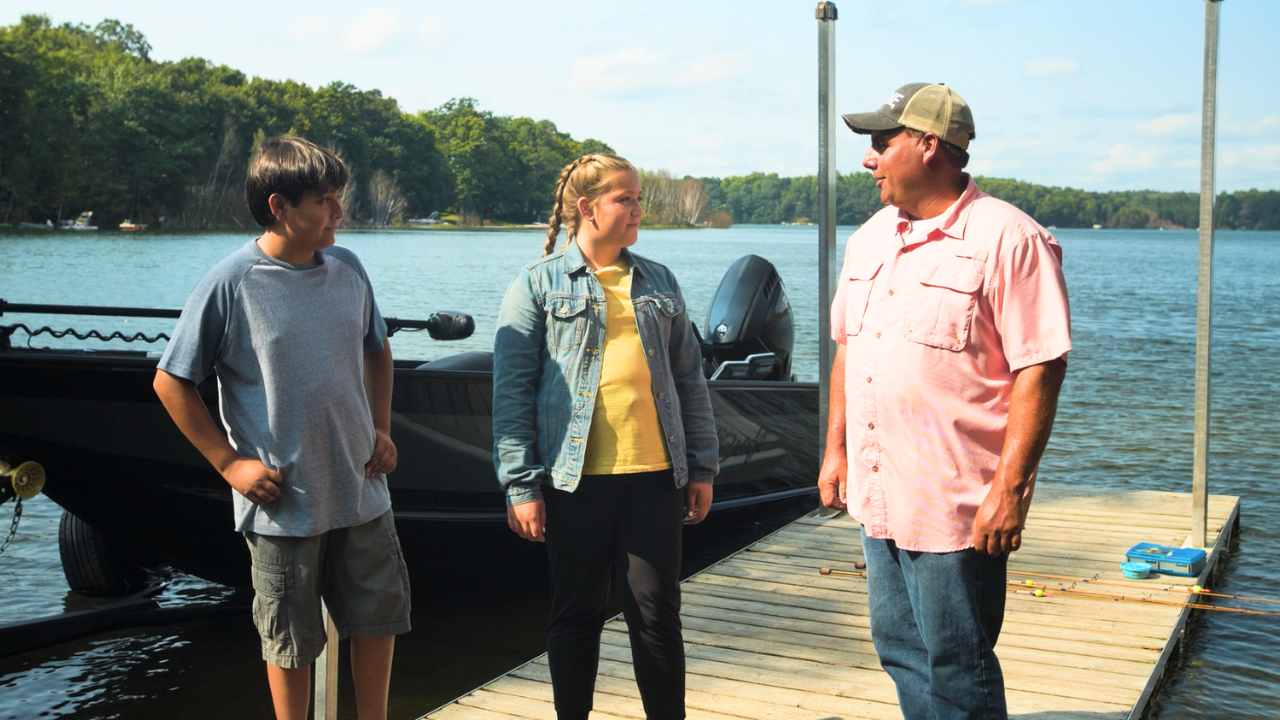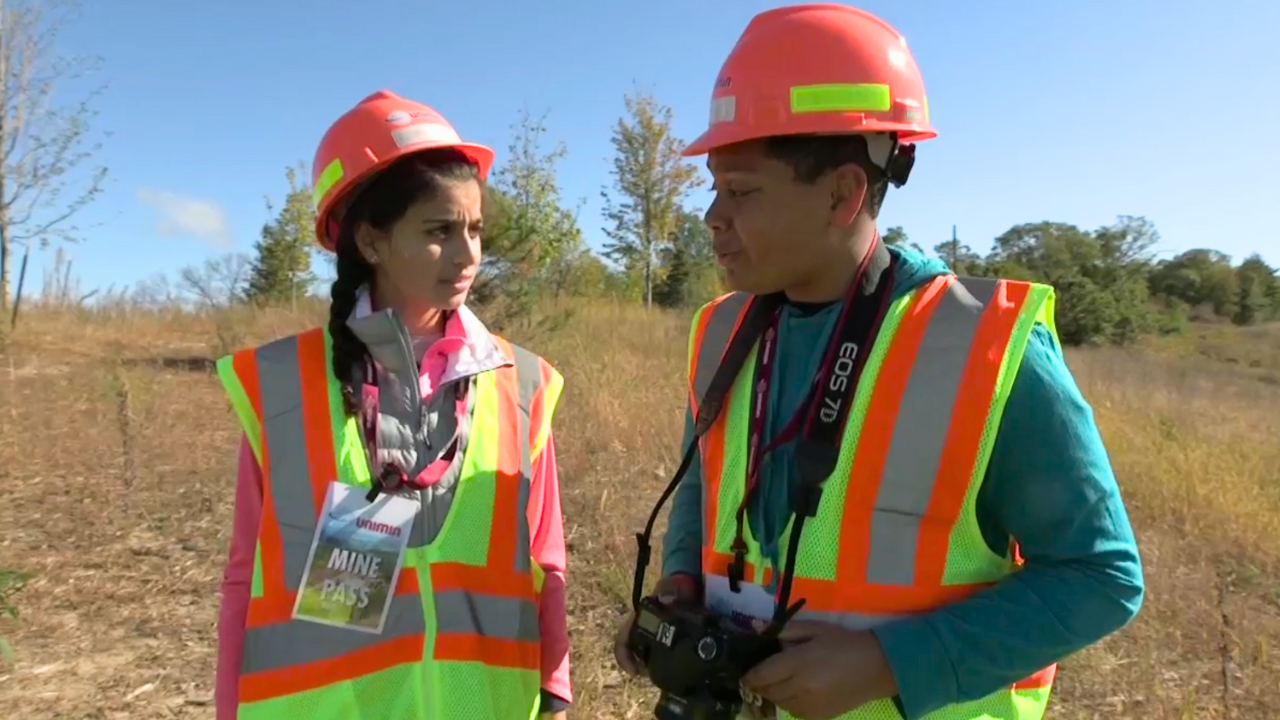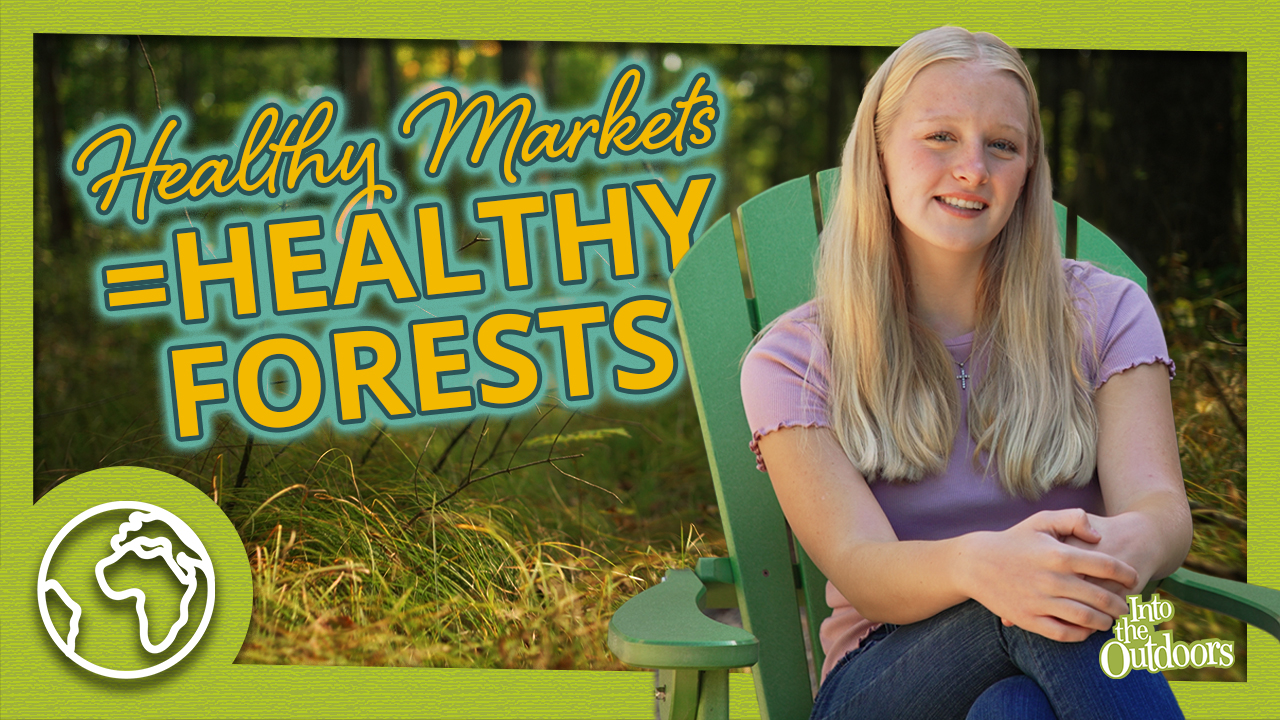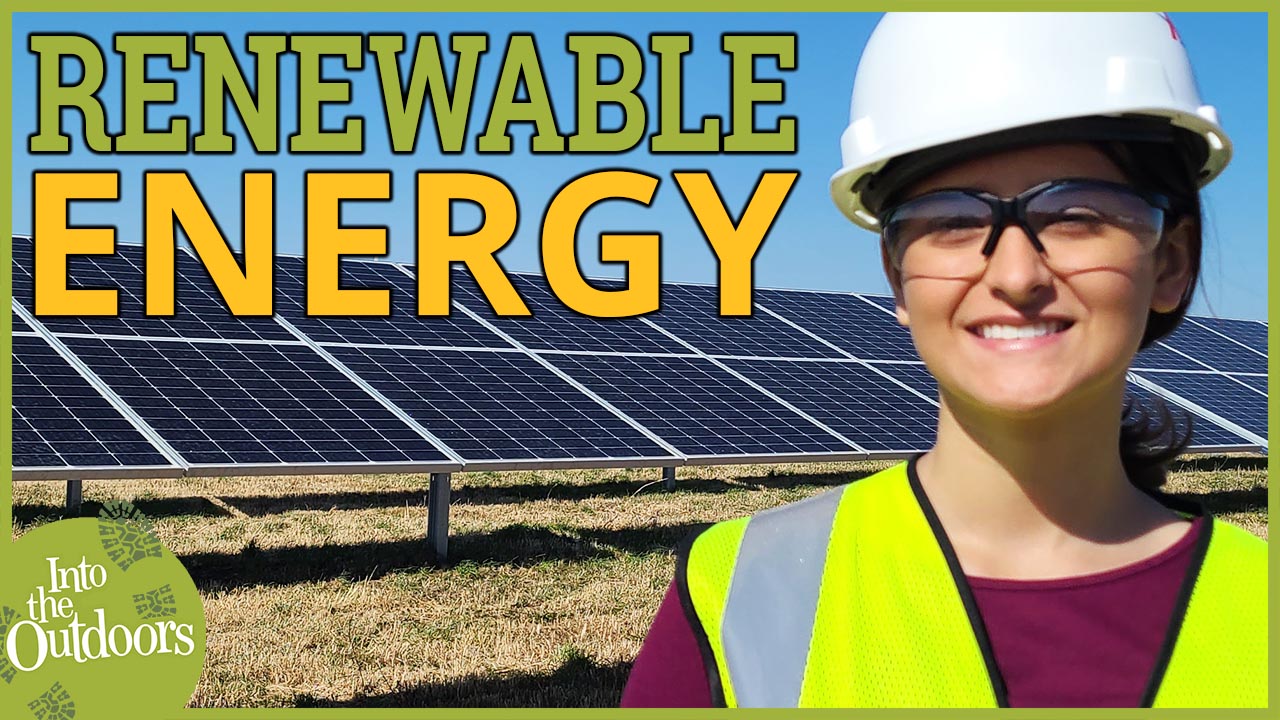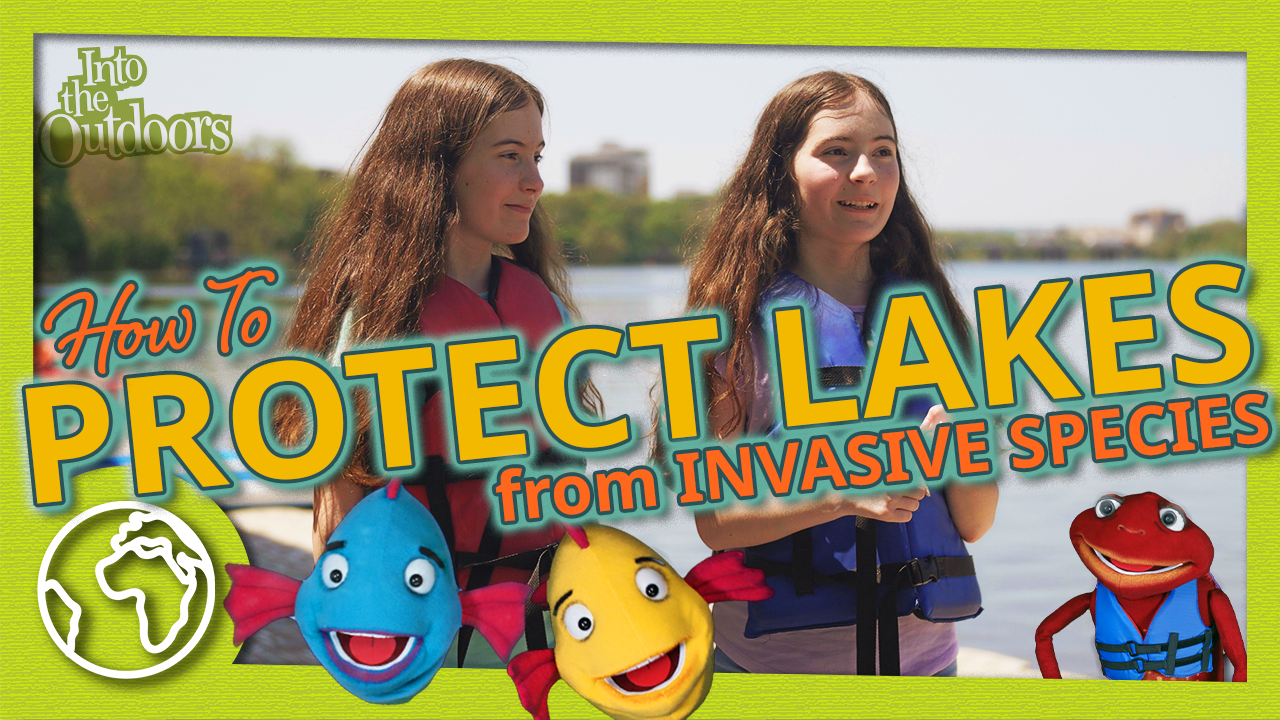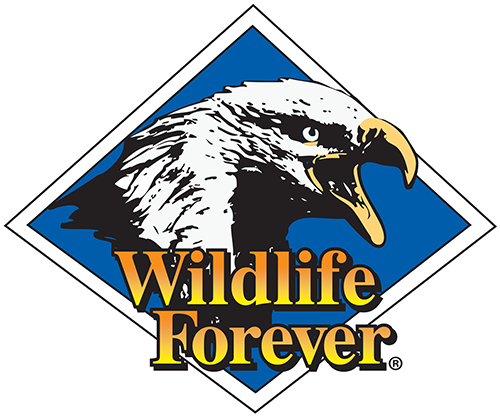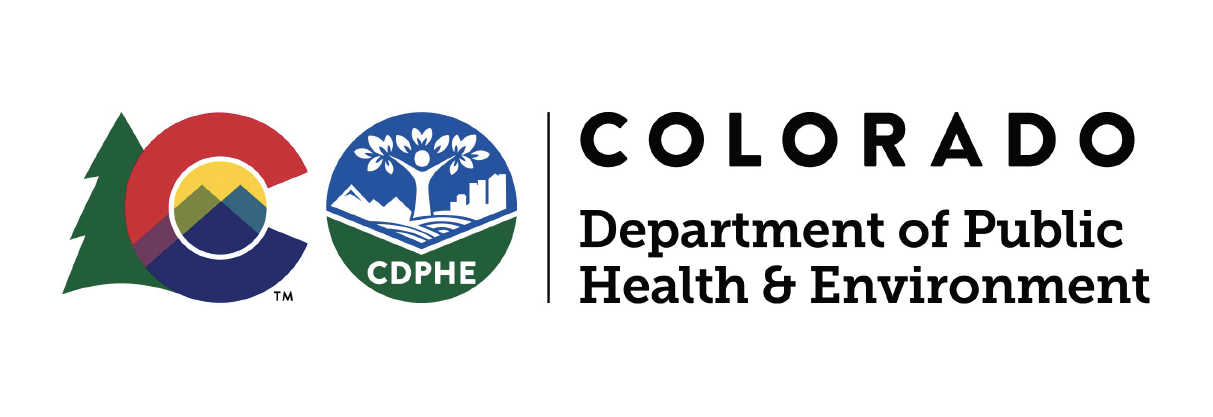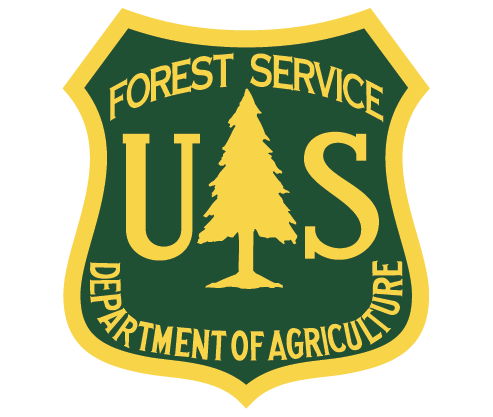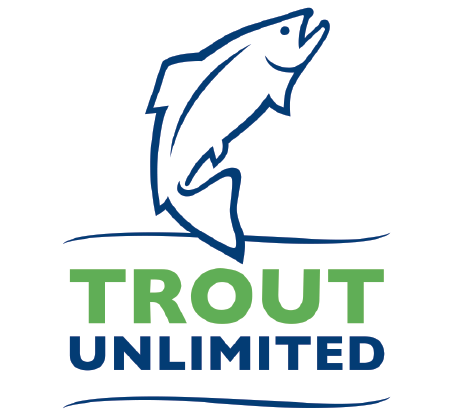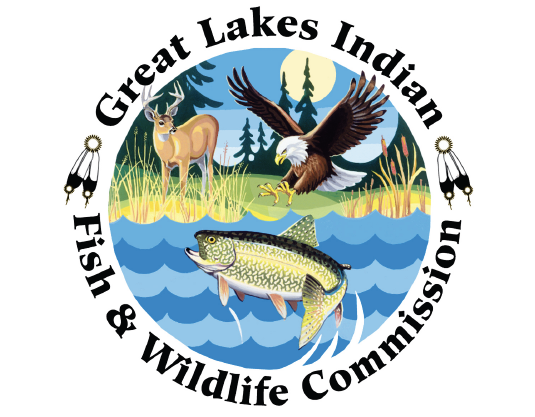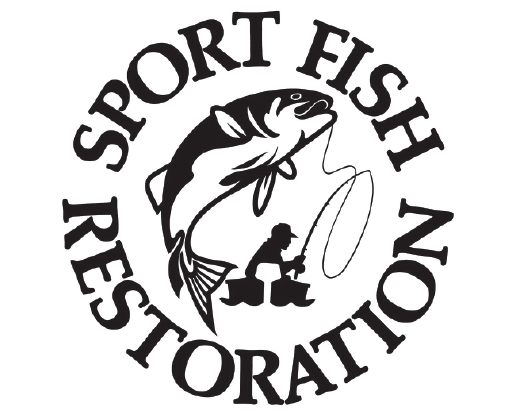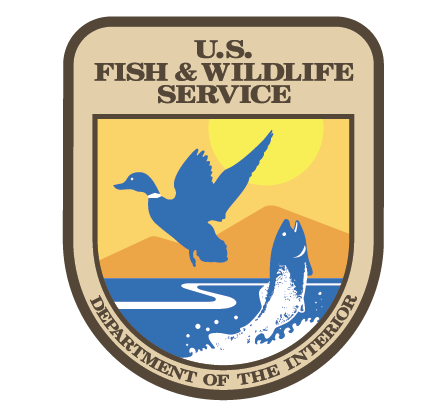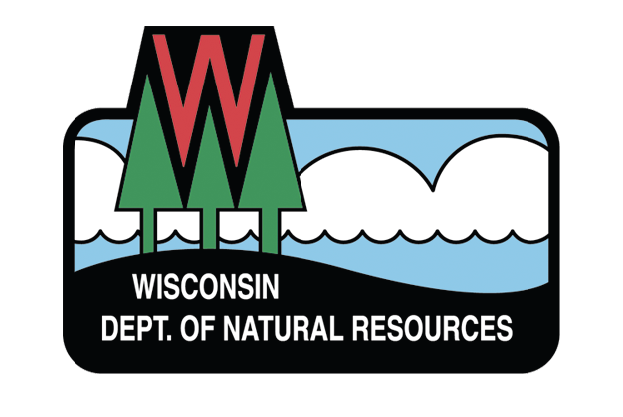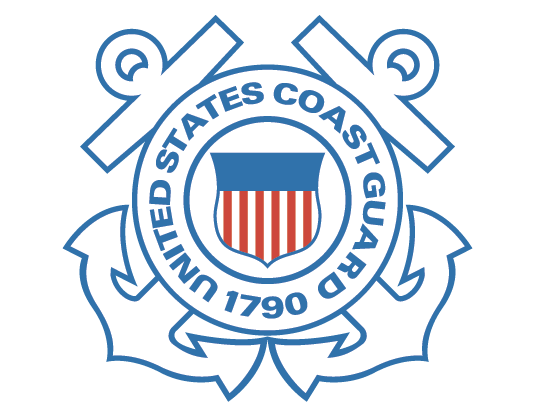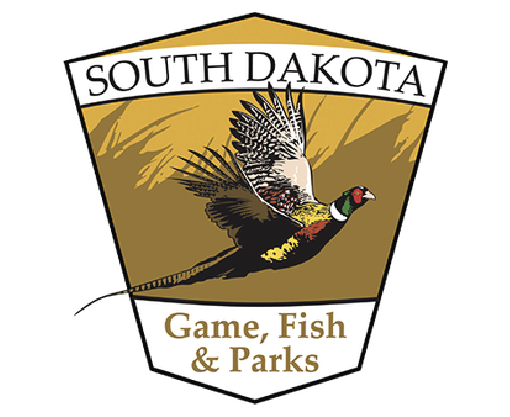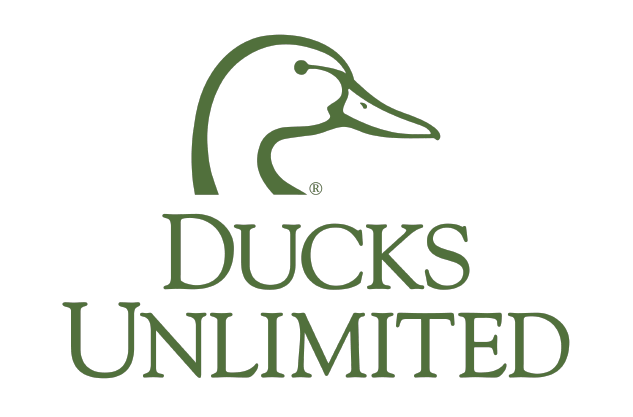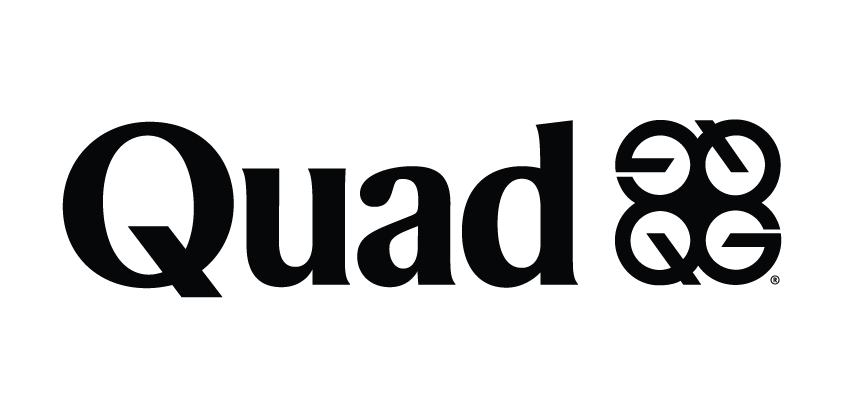Sometimes, we think that the food we eat just pops out of the ground or appears magically at our supermarkets, but the truth is much different. Jacob and Gianna, our hosts, quickly discover that a huge amount of work goes into growing soybeans, and that the most sustainable ways of doing things are not always the easiest. That being said, it does not take long for them to learn that sustainable practices often equate with financial success for farmers and others in the soybean industry.
Sustainability has three pillars: environmental, economic, and social. Each is equally important, and they combine to paint a bright picture for the future of the soybean industry. The hosts enlist the help of Cedric in mission control and Coolbean, a smart soybean with an ego to match, to find the base of each pillar and get the big picture of what these pillars support.
The hosts start their journey into soybean sustainability from the ground up…literally. A farmer explains the sustainable practices he uses on his farm and a soil scientist describes the process of soil testing. Why would scientists go through the trouble of digging up dirt all over a soybean farm? And what scientific process makes soybeans one of the best crops to grow in the Midwest? The hosts, and experts that they speak to, will help you answer those questions and many others.
All this sustainability stuff may seem like a lot of extra work and, well, it is. As another farmer explains, however, this extra work results in extra income for the farmer. How else are sustainable practices involved with soybean economics? The hosts wonder what happens after soybeans leave the farm and quickly realize that sustainability plays a part in the transport of soybeans as well. A grain distributor highlights how a cooperative saves farmers from driving hundreds of miles while a lock-master (huh, what’s that?) describes barge transport. It turns out that one barge traveling down the Mississippi River contains as many soybeans as 58 trucks. Whoa.
Ok, so soybeans benefit the environment and farmers, but aren’t there three pillars of sustainability? What about social sustainability? A farmer walks the hosts through her family farm that benefits the environment, economy, and her community all at the same time. Next, a nearby town beckons. Two kind community members tell the story of how Evansville, Wisconsin became the “Soybean Capital” of the state. Finally, they learn about a group of farmers that work together to minimize erosion from their farms into the watershed of Madison, Wisconsin. Here are three different methods with one common goal.
Sustainability has not always been the top priority of the soybean industry. One of the experts the hosts speak to was instrumental in developing the National Soybean Sustainability Initiative. This tests how sustainable farmers and others in the industry are being, and provides them with ideas on how to do even more in the future. This came at a perfect time, as the hosts realize by talking to an employee at The DeLong Company. These days, soybean buyers all around the world demand soybeans produced sustainably. The market must meet this demand but the push towards being more sustainable has benefitted the industry tremendously and the hosts find out why. You will too as you watch this episode. Just promise that you won’t be a know-it-all like Coolbean….

